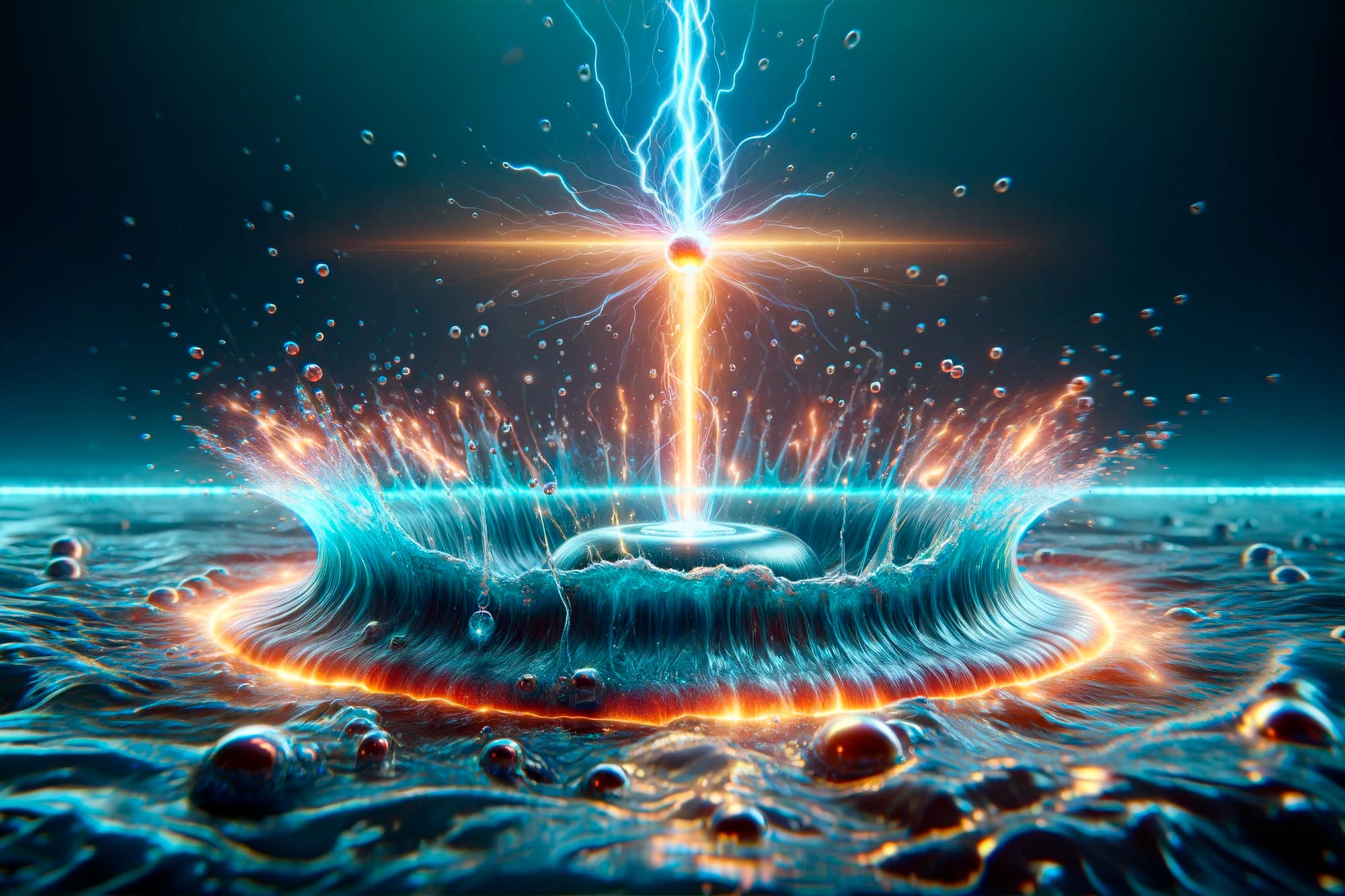Revolutionizing Water Decontamination With Plasma TechnologyBreakthrough in Water DecontaminationIn 2017 they demonstrated, for the first time, ...
Published on by Water Network Research, Official research team of The Water Network

Breakthrough in Water Decontamination
In 2017 they demonstrated, for the first time, that the argon plasmas induced by microwaves open to the air, when acting on water, generated in it reactive species containing oxygen and nitrogen (such as hydroxyl radicals, hydronous peroxide, nitrogen radicals) capable of decontaminating it. Now the researchers Juan Amaro Gahete, Francisco J. Romero Salguero and María C. García have managed to design a reactor of this type of plasma and to significantly increase the amounts of these active species generated in water, thus making possible the destruction of high concentrations of dyes (in this case, methylene blue) in just minutes.
Innovations in Plasma Reactor Design
This was achieved by altering the design of the surfatron, the metal device that mixes the energy from a microwave generator with the plasma to maintain it. “What we’ve done is to place a small piece of silicon in the quartz discharge tube, allowing a different plasma to be generated, one that is not filamentary and is more efficient at creating active species when interacting with water,” explained Professor María C. García. The aforementioned plasma components, when interacting with water, generate oxidizing species capable of degrading organic compounds and killing microorganisms, which allows this plasma reactor to be used in applications related to water remediation.
This new configuration, therefore, expands the applicability of this type of plasmas. “The design completely changes the configuration of the electromagnetic field generated by the surfatron to create the plasma, resulting in plasma with different and more efficient properties, also eliminating the problem of filamentation (the division of the plasma column into many filaments), which destabilizes it,” explained Professor García.
The Future of Plasma Decontamination
And then…decontamination. “Those oxidizing species generated due to the action of plasma are very reactive and make it possible to destroy the organic matter inside the water,” continued Professor Francisco J. Romero. For this to happen, the plasma is not introduced into the water. Rather it is made to act remotely, so that between the water and the plasma there is a zone of air where numerous reactions occur due to collisions between the excited species and the molecules of oxygen, nitrogen and water vapor, and “reactive species that diffuse into the liquid and end up with the contaminants” are generated.
The decontaminating potential of this type of plasma, generated with this new design “has been tested to reduce high concentrations of methylene blue dye in water, with very efficient results in terms of energy, achieving the complete elimination of the dye at reduced treatment times,” said researcher Juan Amaro.
Attached link
https://scitechdaily.com/revolutionizing-water-decontamination-with-plasma-technologyTaxonomy
- Decontamination
- Decontamination